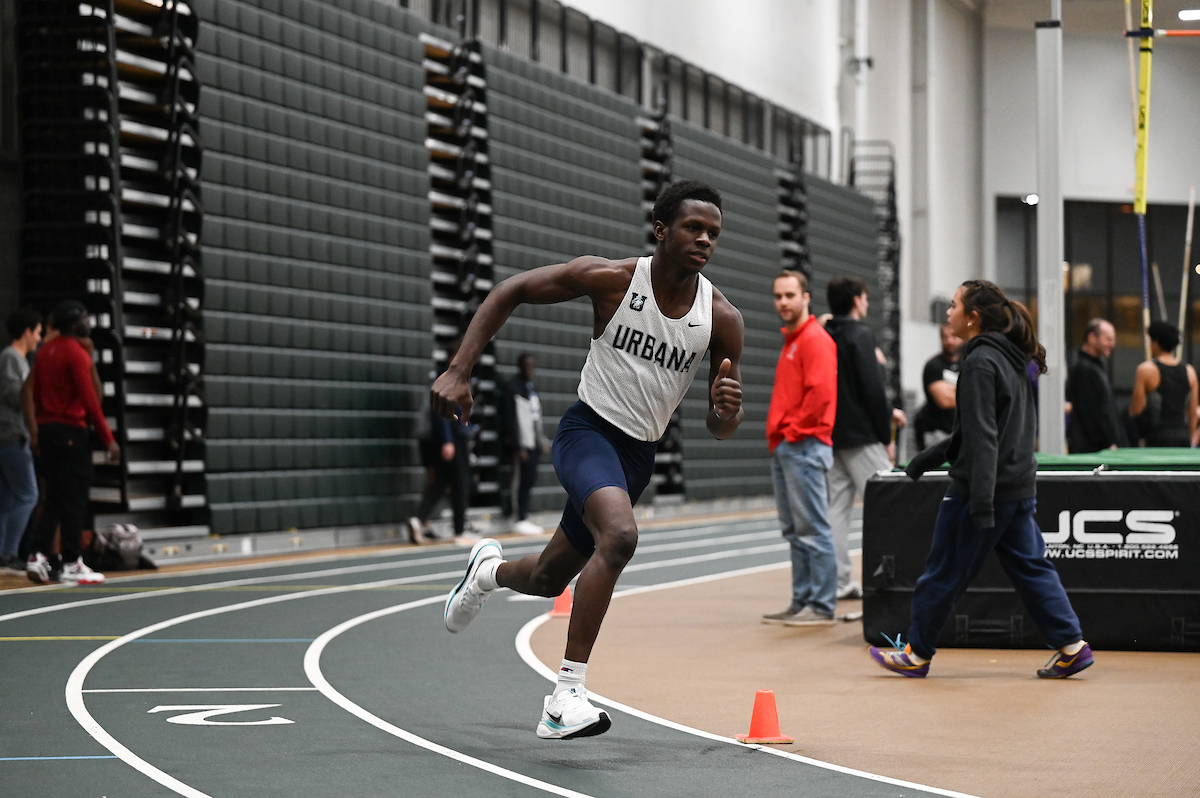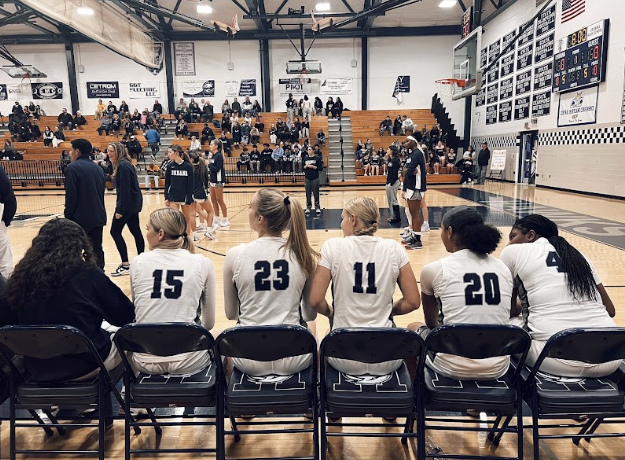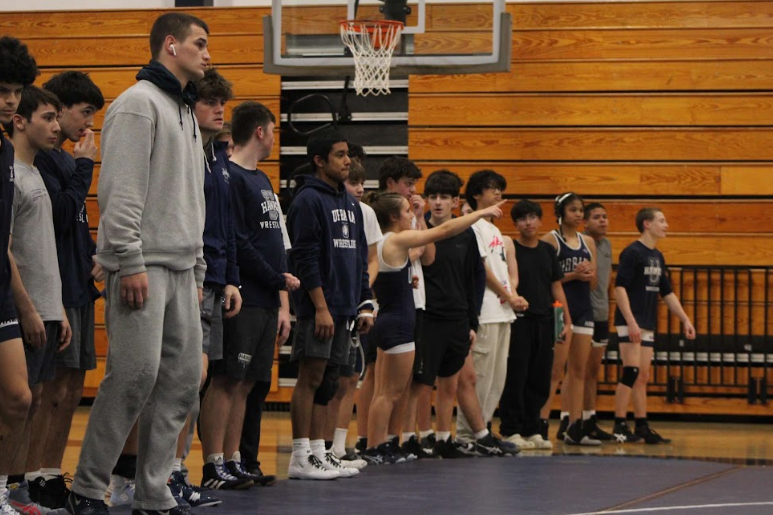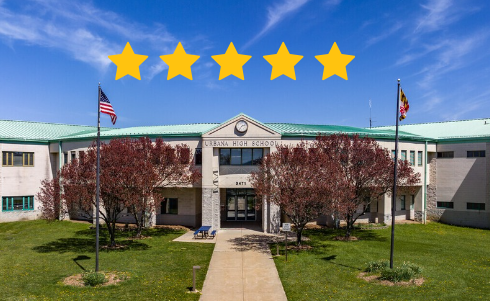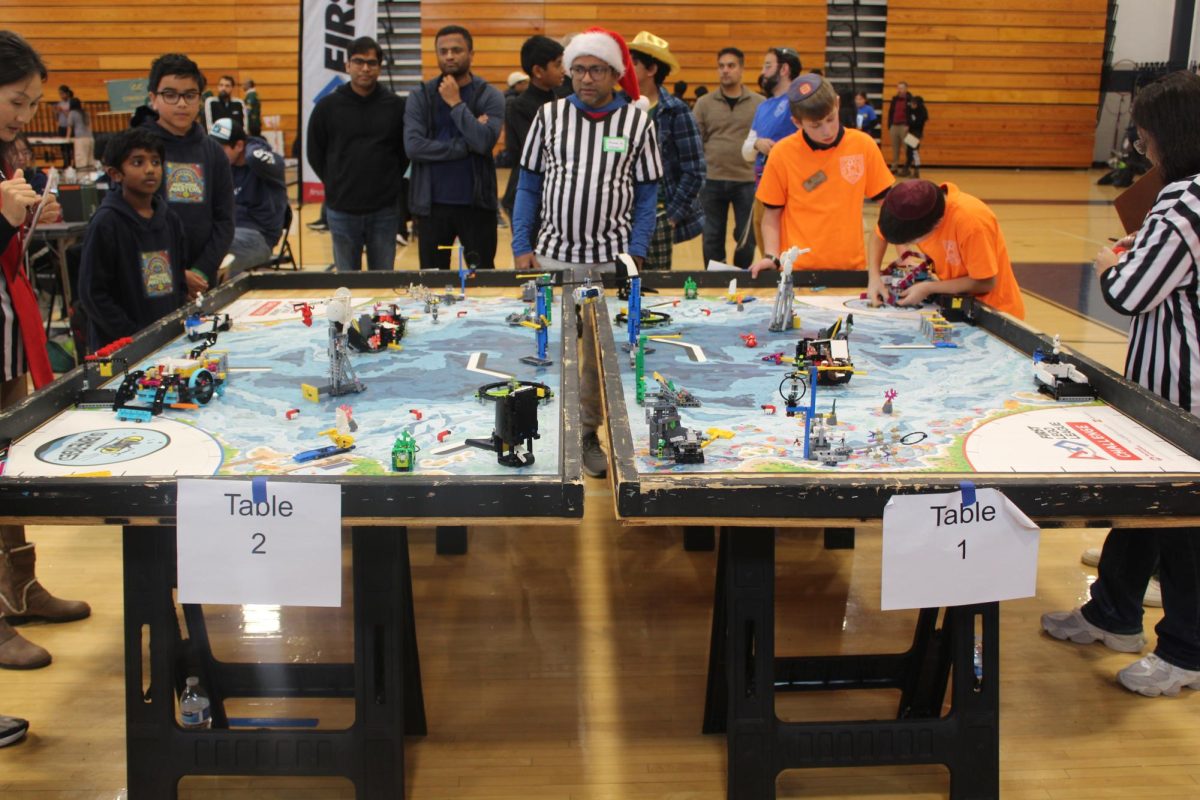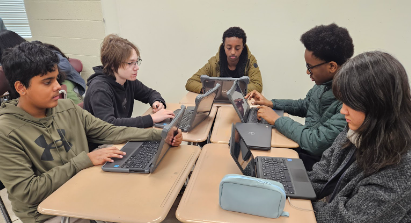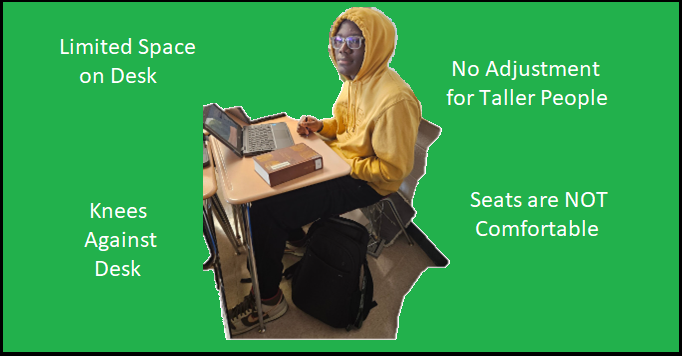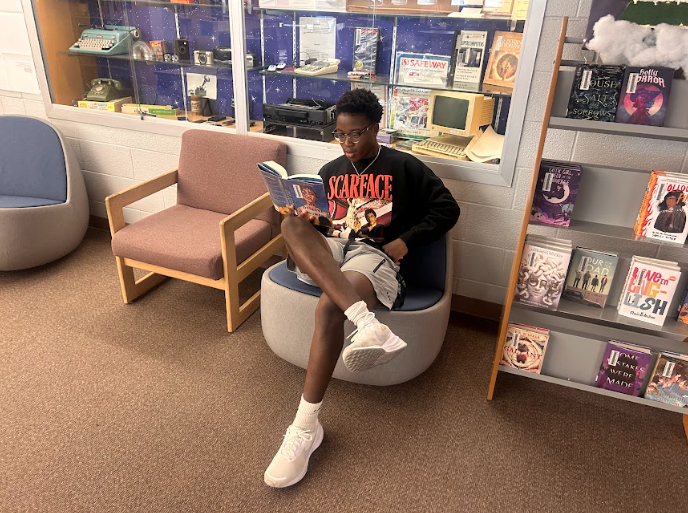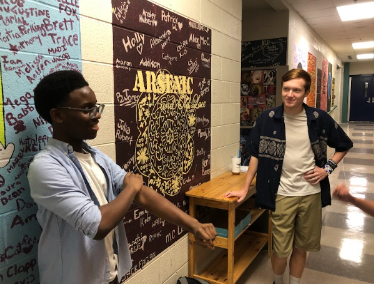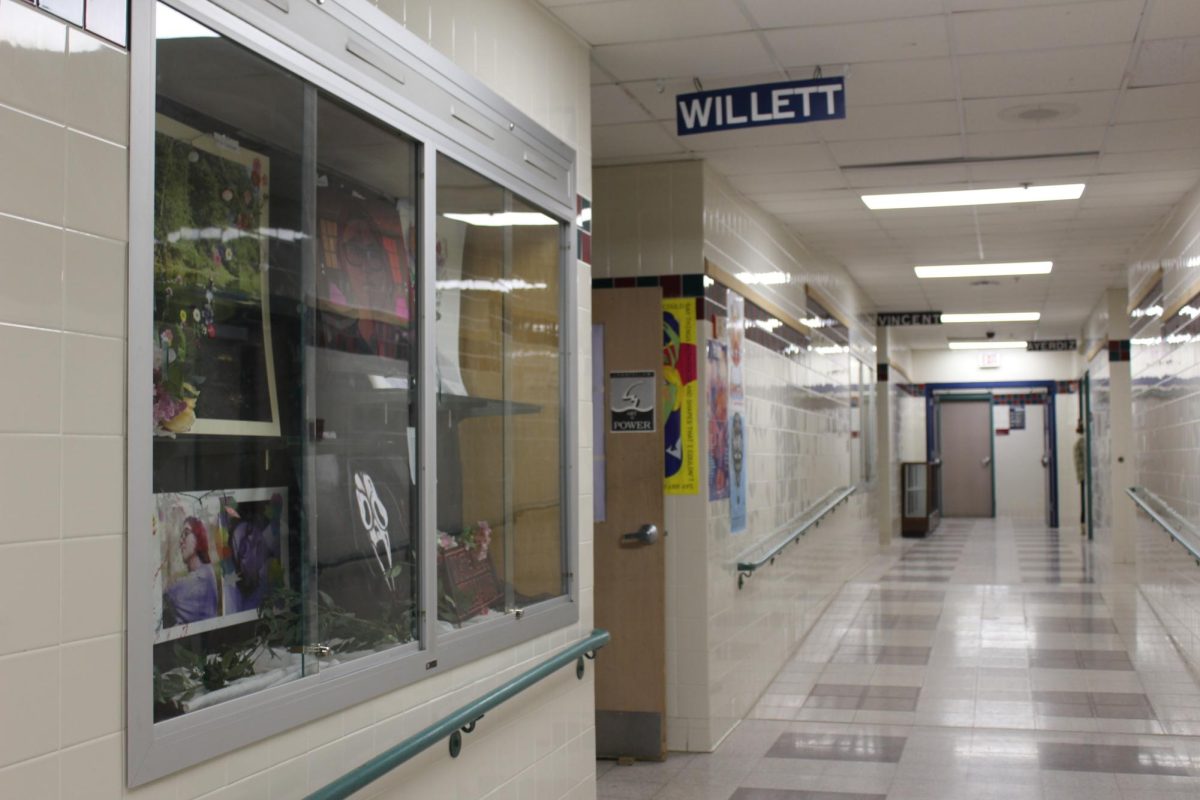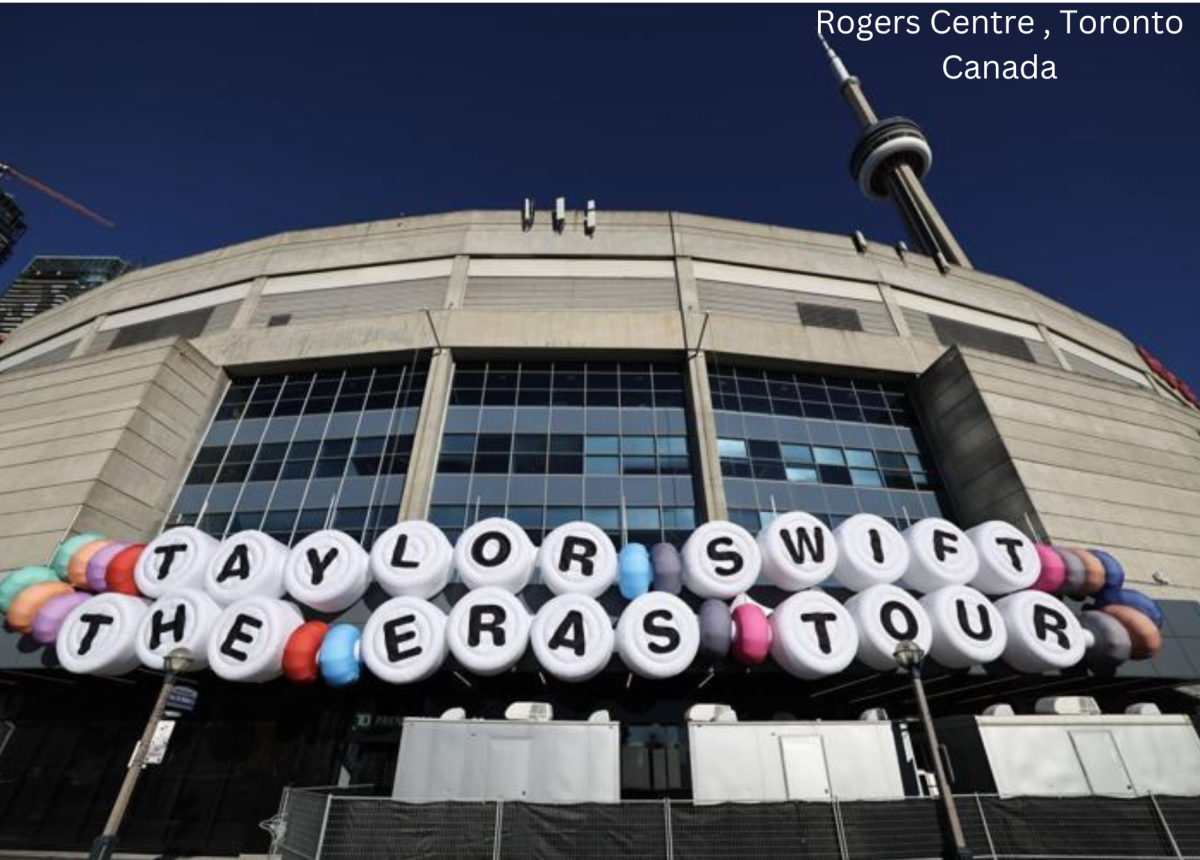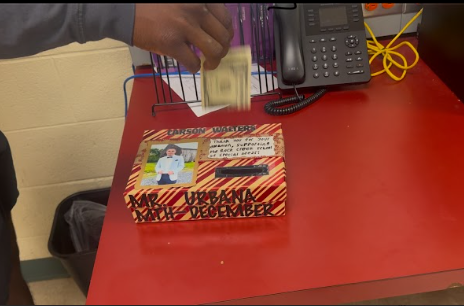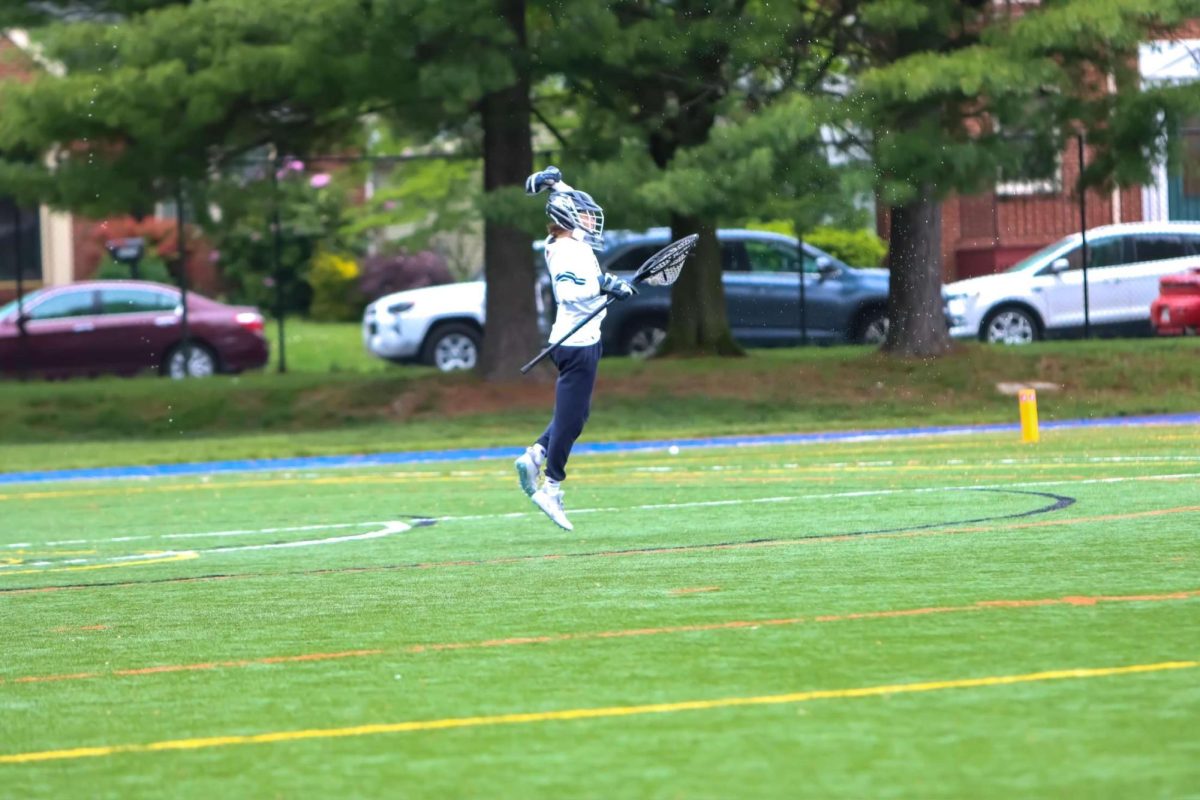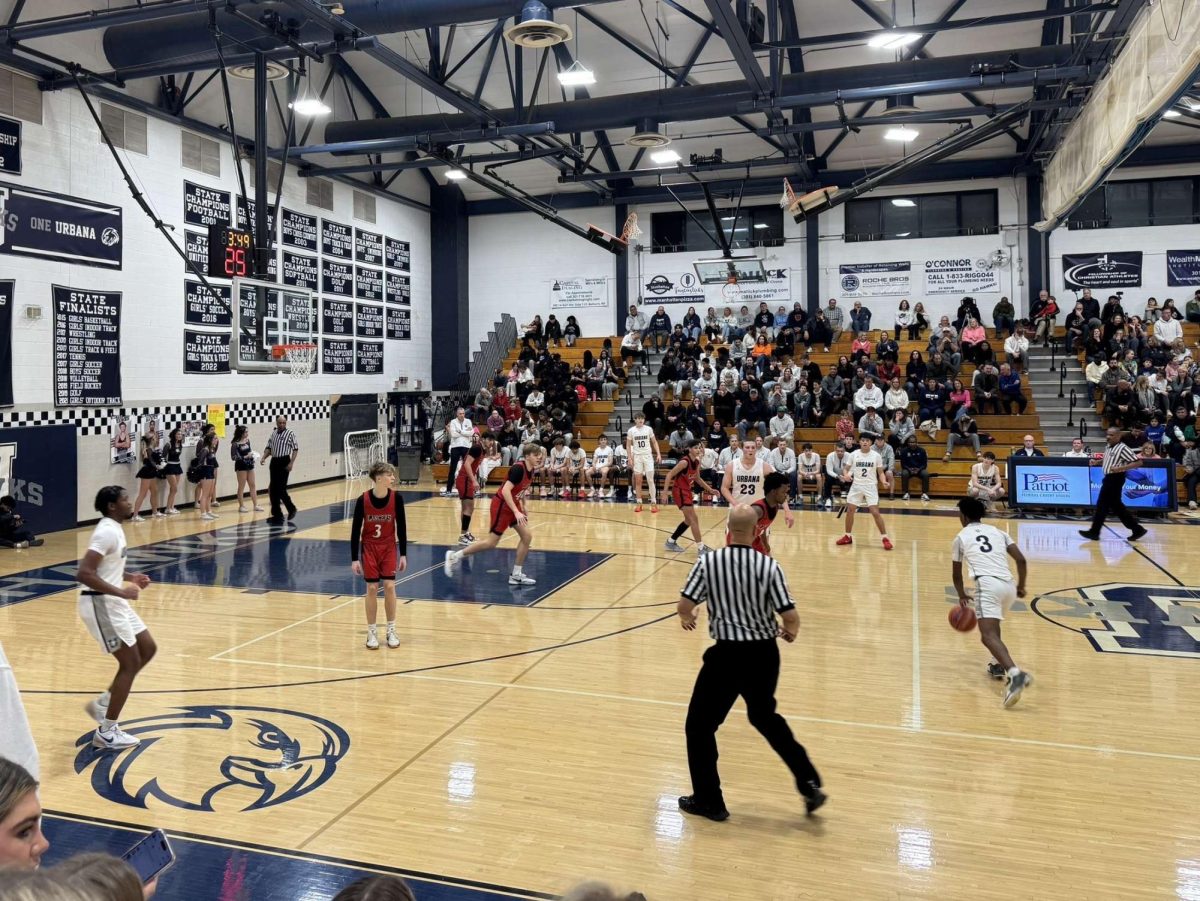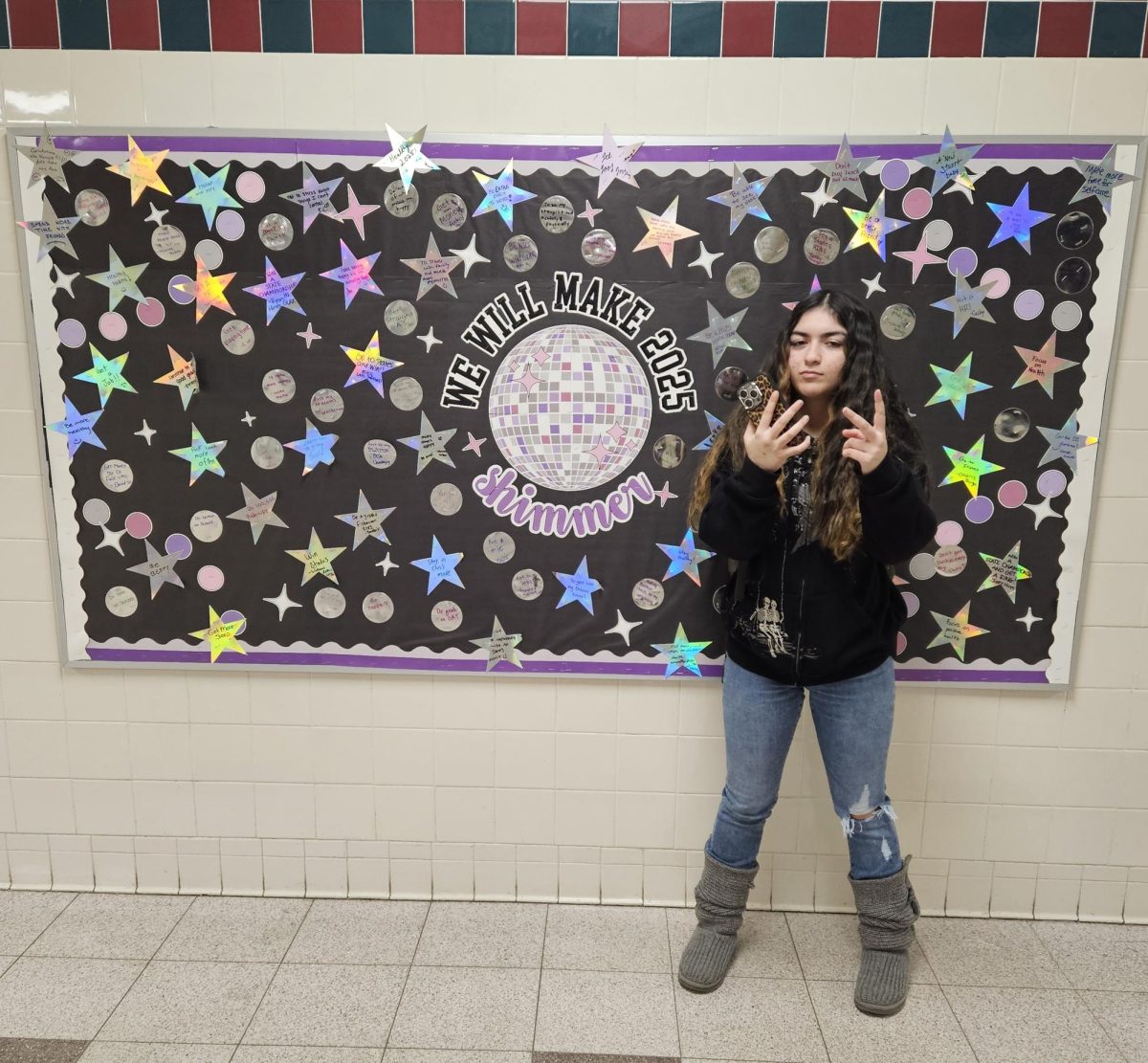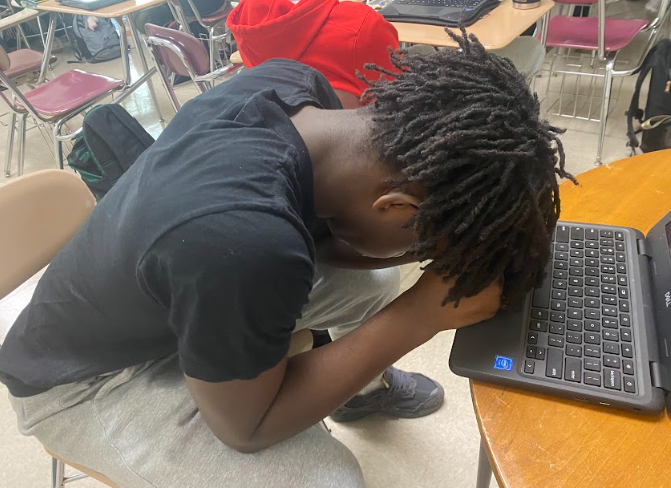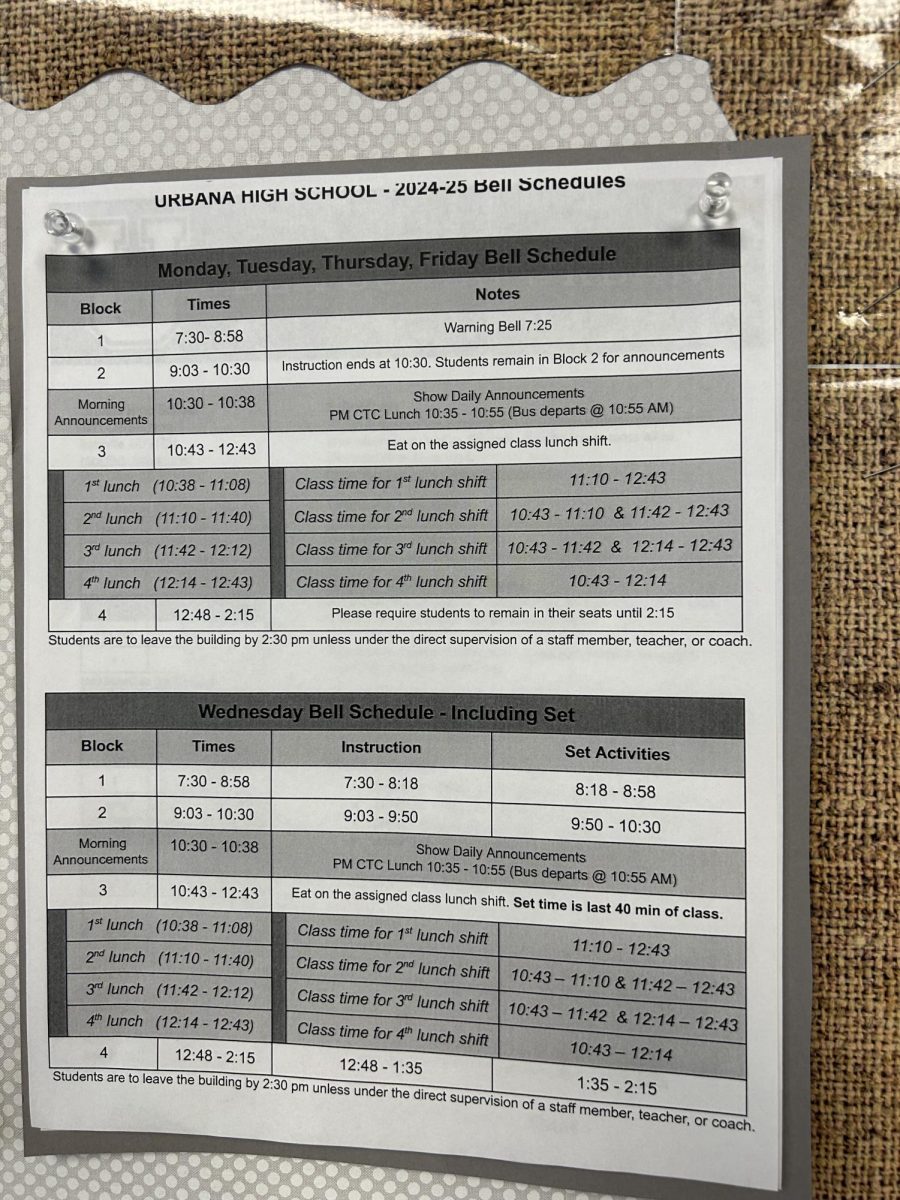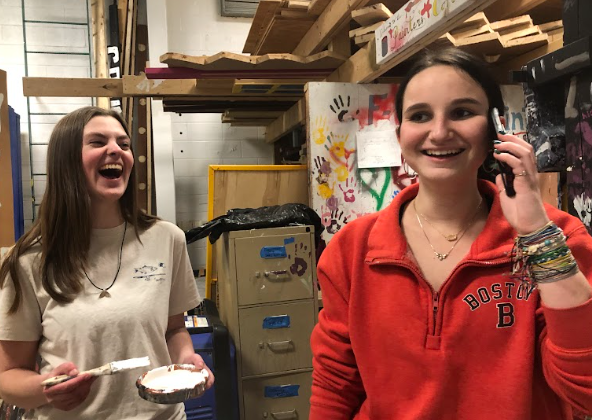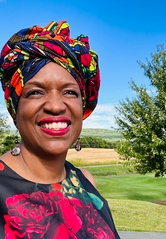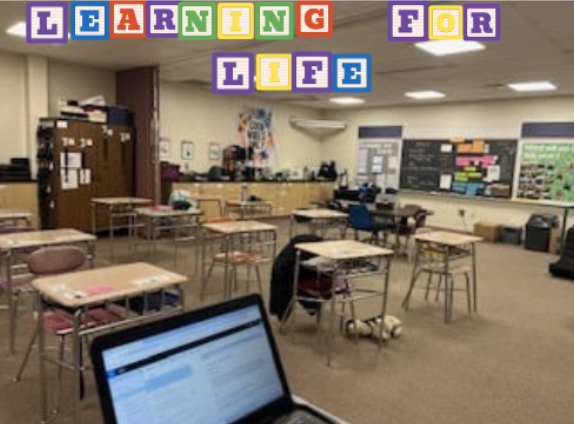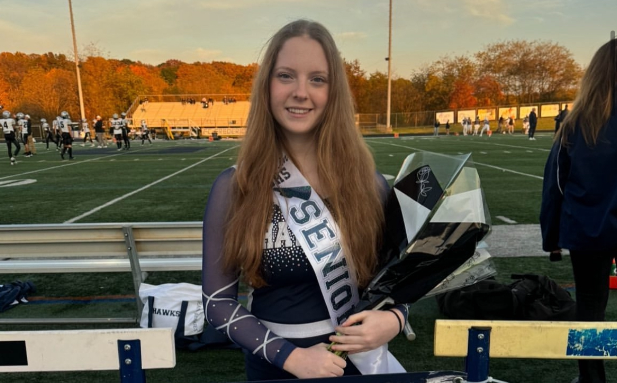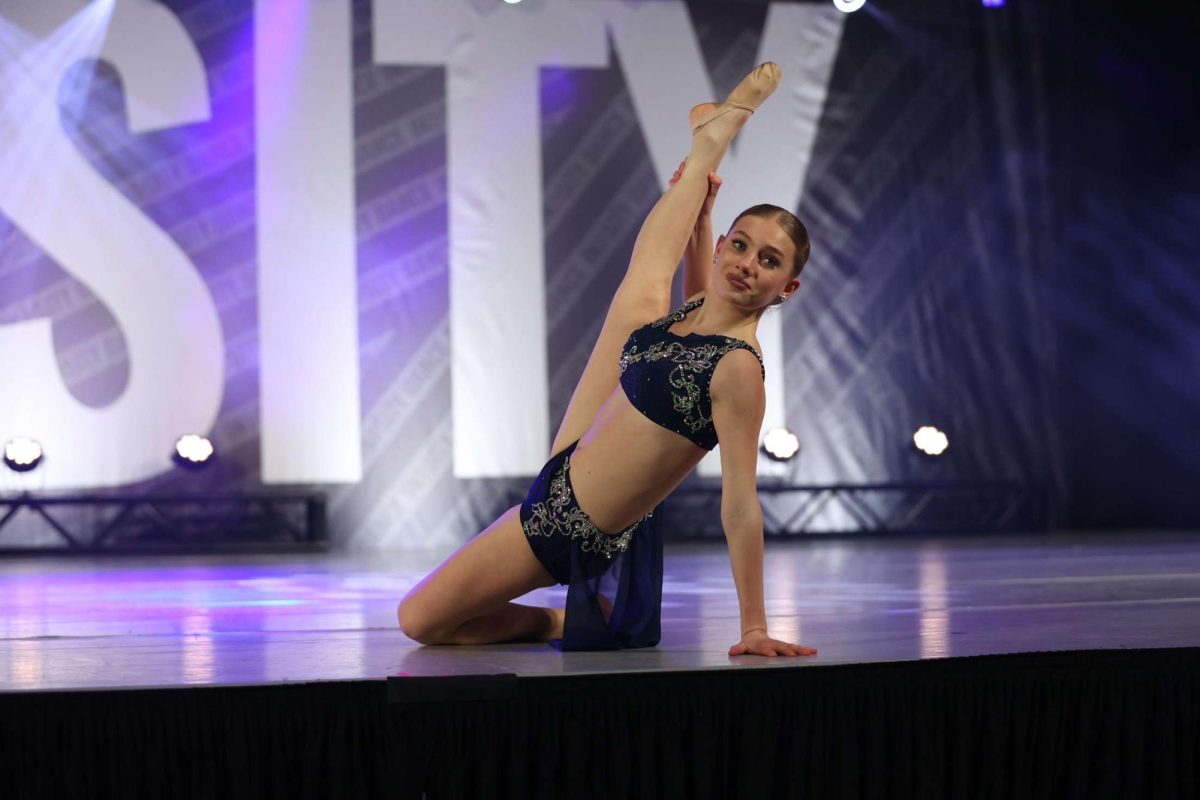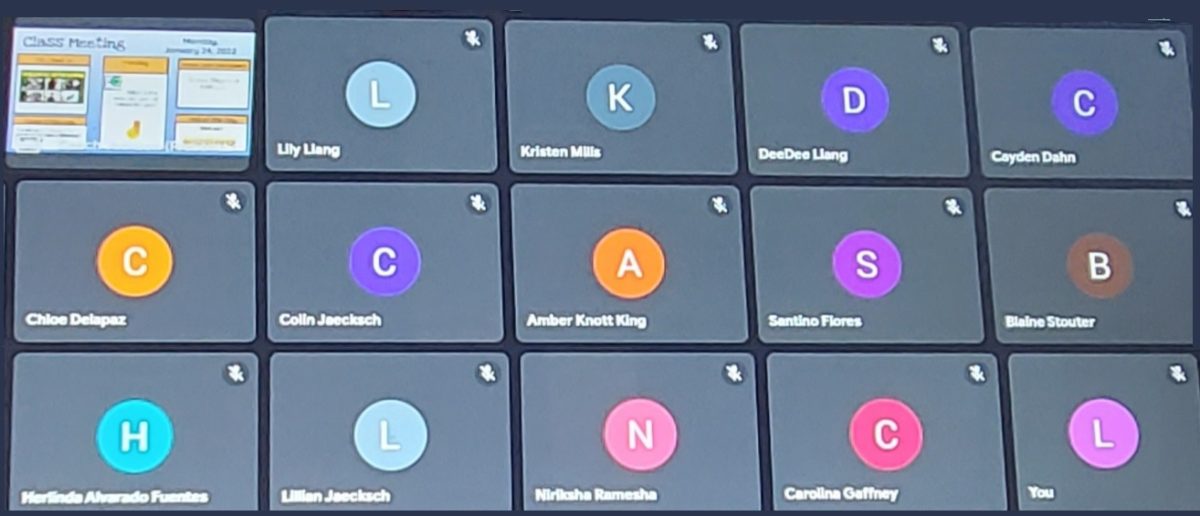On March 16, 2020, Frederick County Public Schools (FCPS) closed for two weeks to “prevent the spread of Coronavirus Disease 2019 [COVID-19].” As we went home on “vacation” none of us realized that schools would remain closed for the next two years.
In the midst of the pandemic, FCPS established virtual instruction and tried to ensure education continued. While UHS did very well compared to other schools there was still a negative impact on education. What if there was another global pandemic, perhaps even worse than COVID-19? How would UHS respond? Students, teachers, and administrators provide their perspectives on the first pandemic and ideas for addressing another pandemic. What worked well and what didn’t. What things would we do the same, and what things would we do different.
Background Information
The COVID-19 pandemic impacted education at UHS. Following the pandemic, the Maryland State Department of Education (MSDE) released a comprehensive report card for how schools did at maintaining education proficiency. Overall, FCPS did well especially in elementary schools where some even improved during virtual learning, but most FCPS high schools including UHS went down in overall rating. UHS dropped from the highest rating of 5 down to a 4.
Interviews with Administrators, Teachers, and Students
The UHS school principal, Ms. Donna Clabaugh, did not return to in-person school until March of 2022. During the pandemic, she worked for FCPS in Human Resources as the benefits manager. When in-person school restarted, Clabaugh noticed “that a lot of students found it hard to follow classroom rules and timelines.” She noted that students struggled to pay attention as a result of being at home and not having to follow a specific schedule.
This was a result of “students not really having to navigate talking to one another in person, sharing, and being in a classroom full of other students.” These lost social skills impacted the classroom environment.
On the other hand, Clabaugh was impressed with how prepared teachers were for returning to the classroom. She said “teachers were really preparing more” and that teachers “plan several activities in order to determine what would work for students.”
She also appreciated the way teachers reintroduced students to the classroom by working in small groups for some assignments and independently for others. Clabaugh also stated that virtual meetings helped staff communicate during the pandemic, and even noted that the virtual meeting sometimes worked better than in-person meetings that could be hard for staff to attend.
As she considered another potential global pandemic, Clabaugh thought that it may not be necessary for everyone to stay home. She said “some groups of people may really need to stay home due to a medical condition, but others may not.”
If possible, she thought that the hybrid approach could be beneficial rather than everyone being virtual, stating that she would “recommend that students and staff do not go totally virtual” and that “the A-day/B-day schedule — the hybrid — worked better than fully virtual.”
However, she also noted that the final decision should be made by medical professionals. She said there are “logistical and organizational steps that I would take as a principal, but I think the medical decisions about what is safe, should be made by medical professionals.”
Ms. Kristen Fuchs has been a teacher for 17 years in the English department. She noted that virtual teaching was very different than in-person, and felt that virtual teaching challenged her teaching style. She also said students were not performing as well and were not as responsible with deadlines on assignments. Fuchs explained that she didn’t get to know students as well in the virtual setting saying,
She said it was hard to know which students were struggling, which students didn’t care, and even which students were at their computers ready to learn. Fuchs stated how having cameras off “definitely made the experience challenging” and she was concerned that grades were inflated based on how some students did substantially better than how her students normally perform in-person.
Fuchs also noticed that during virtual learning many “students were not participating,” with the exception of a few students who were really trying. She commented that the break-out rooms in Google Meet did not elicit a lot of participation. Fuchs said “students didn’t want to talk to each other… if we were in class I think they absolutely would have talked to each another.”
For a student perspective, Class of 2027, Azya Baqai, was adamant that she was not ready to go back saying,
She added that her grades suffered during the pandemic describing her grades as “doing pretty well before, during they were horrible, after they came back a little but not as strong.” Like many students, she feels virtual learning during the pandemic hurt her academically.
Class of 2028, Kiera Benjaminson, was not even through elementary school when COVID-19 started. She was not happy with virtual learning saying “it was more distracting” and that she “could just watch YouTube on a school Chromebook on a separate tab” during virtual learning.
Similar to Baqai, Benjaminson also experienced a drop in grades related to the pandemic. She stated that “before the pandemic my grades were average, a “B” or a “C”. During the pandemic my grades were pretty much the same because they didn’t require paying as much attention and expectations were lowered. After the pandemic, in-person, my grades were suffering, mostly Cs and some even Ds. It took several years to finally get to mostly Cs and some Bs.” On a positive note, and somewhat related to academic performance, Benjaminson recalled that she was “able to sleep in and stay up late” during virtual learning. She felt a lot more refreshed in the mornings, and now is finding that sleep is her last priority.
Other Considerations
An interesting fact about the COVID-19 pandemic is that while it impacted districts very differently, different groups within the district all performed similarly. The Harvard Graduate School of Education looked at different groups within schools systems and noted that educational impacts were similar across different groups.
The study added, “and the extent to which schools were closed appears to have had the same effect on all students in a community, regardless of income or race.”

